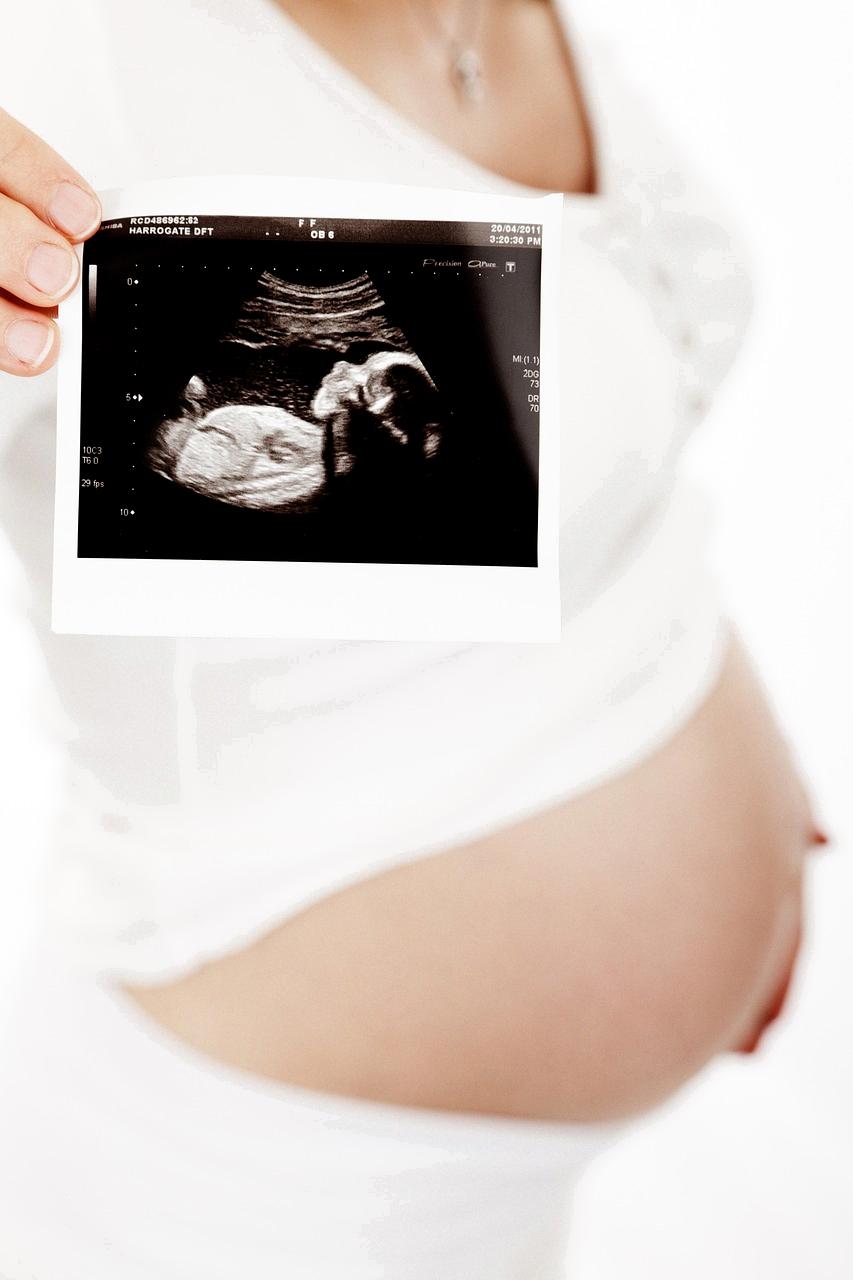When it comes to understanding the symptoms of adhesions, it’s crucial to note that while many individuals with abdominal adhesions may not experience any symptoms at all, there are cases where these fibrous bands can trigger certain signs that shouldn’t be disregarded.
One of the most prevalent symptoms associated with abdominal adhesions is chronic abdominal pain. This persistent discomfort can be a sign that adhesions are present and may be exerting pressure on surrounding tissues, nerves, or organs.
Another critical point to consider is that abdominal adhesions have the potential to lead to intestinal obstruction. This condition occurs when the adhesions cause a blockade in the intestines, hindering the normal passage of food and fluids. In severe cases, intestinal obstruction can be life-threatening, emphasizing the importance of recognizing its symptoms.
In instances where intestinal obstruction manifests, seeking medical attention promptly is paramount. Symptoms of intestinal obstruction may include severe abdominal cramping, bloating, constipation, vomiting, and the inability to pass gas or have a bowel movement. Ignoring these signs can exacerbate the situation and pose serious risks to your health.
Moreover, individuals experiencing symptoms of adhesions may notice changes in their bowel habits. This could encompass fluctuations in bowel movements, such as increased constipation or diarrhea. These alterations can be indicative of underlying issues, including the presence of abdominal adhesions.
It’s also worth noting that individuals with adhesions might encounter difficulties with digestion. This can manifest as feelings of fullness, discomfort after eating, or even persistent indigestion. These digestive issues can be red flags signaling the presence of adhesions and should be evaluated by a healthcare professional.
Furthermore, some individuals afflicted with adhesions may experience issues related to fertility. In cases where the adhesions develop in the pelvic region, they have the potential to impact reproductive organs and interfere with fertility. Therefore, individuals facing fertility challenges should consider the possibility of adhesions as a contributing factor.
Additionally, individuals with adhesions may encounter symptoms such as unexplained weight loss or fatigue. These nonspecific symptoms can often be tied to various underlying health conditions, including adhesions. It’s crucial to pay attention to your body and address any unexplained changes promptly.
In certain scenarios, individuals with adhesions may observe visible signs on their abdomen, such as bulges or protrusions. These physical manifestations can be indicative of complications arising from adhesions, particularly if accompanied by pain or discomfort. Seeking medical evaluation for such visible changes is advisable.
Moreover, individuals with adhesions may experience challenges with mobility or flexibility in the abdominal area. The presence of adhesions can restrict normal movement of the intestines and surrounding structures, leading to sensations of tightness, stiffness, or limited range of motion.
Furthermore, the presence of adhesions can sometimes trigger referred pain, where discomfort is felt in areas away from the actual site of the adhesions. This phenomenon occurs due to the interconnected network of nerves affected by adhesions, leading to sensations of pain radiating to other regions distant from the abdomen.
Overall, understanding the symptoms of adhesions is crucial for early detection and appropriate management of this condition. By remaining vigilant of these signs, individuals can take proactive steps to seek medical advice and interventions to address the underlying causes of their symptoms, ensuring optimal health and well-being.

